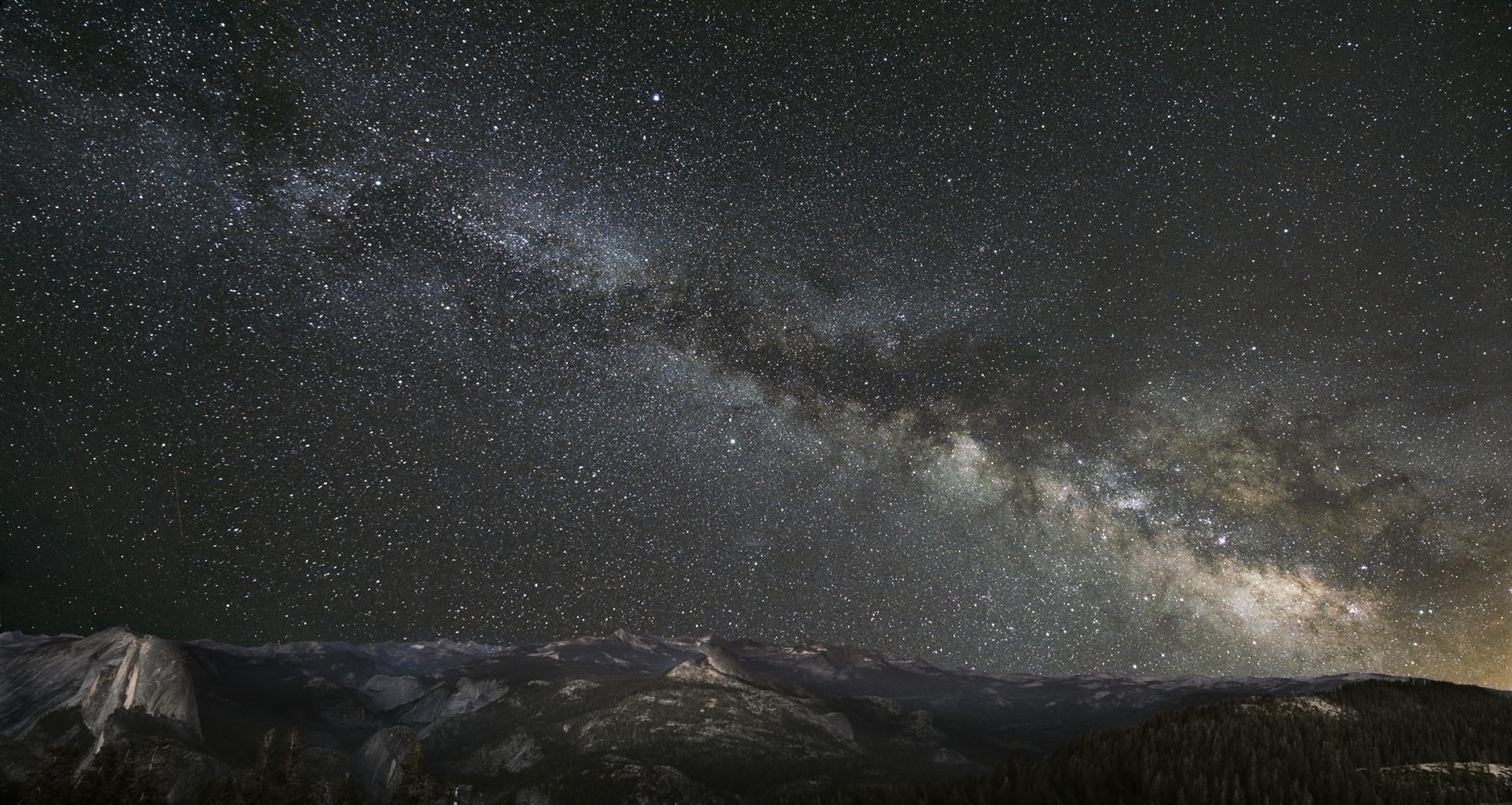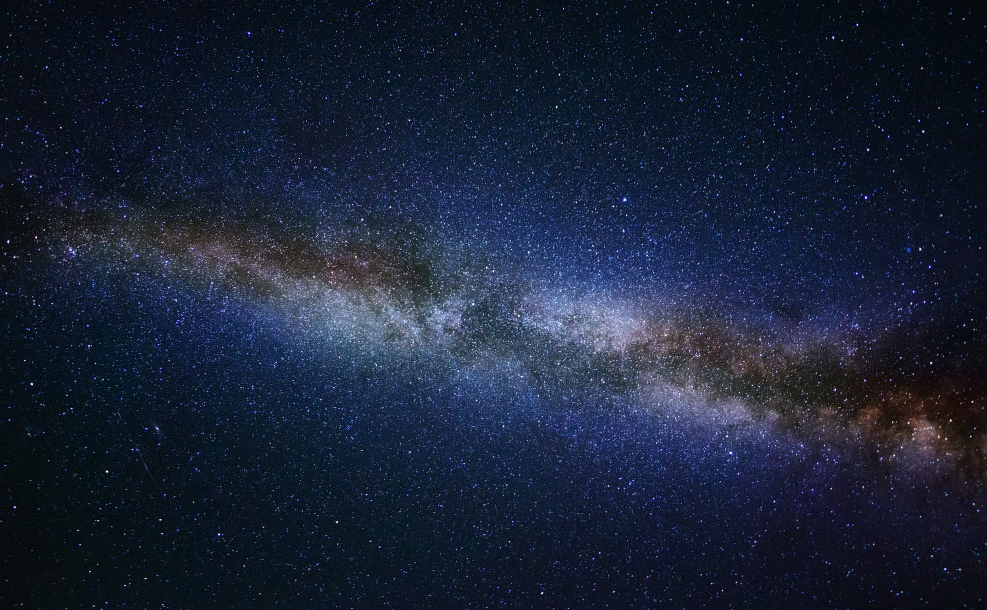The Milky Way Disk may be 50% larger than previously thought

The stellar ripples, as if encircling the Milky Way with threads from above and below relative to the plane of the galaxy, can actually be part of it. If so, then the size of the Milky Way may be 50% larger than we know before. In addition, intriguing questions arise, what exactly caused this “wave” of stars, DiscoveryNews reports .
The researchers used data collected during a reanalysis of the brightness and remoteness of stars at the edge of the galaxy, conducted by Sloan Digital Sky Survey (SDSS)- A large-scale exploration project for images and spectra of stars and galaxies using a 2.5-meter wide-angle telescope at Apache Point Observatory, New Mexico. They found that the edge of the galaxy’s disk was wrinkled and looked like a series of “ridges,” similar to corrugated cardboard.
“It seems to me that these“ patterns ”are similar to the spiral structure of the Milky Way, and they can be connected,” says astronomer Heidi Newberg of Rensselaer Polytechnic Institute in Troy, USA.
She and her colleagues suspect that a dwarf galaxy may have passed through the milky way, laying the foundation for the formation of ripples, as a stone thrown into the water begins to circulate in the water.

Evidence that the so-called "Ring of the Unicorn", located at a distance of more than 65,000 light-years from the center of the Milky Way (the galaxy’s disk, according to recent calculations, has dimensions of 100x3x3 thousand light-years), is actually part of it, came as a surprise to Heidi Newberg, who was a member of the team that opened it in 2002 year.
“We thought it was“ construction debris “brought with it by a dwarf galaxy, which formed a large ring (Ring of the Unicorn). For 15 years, this question has been a stumbling block among astronomers: the first half believed that it was just a “tidal wave” that came with a dwarf, and the second that the ring was some part of the galaxy’s disk, ”says Newberg.
Galaxies are in constant motion and in every possible way interact with each other as they approach each other, are absorbed by each other, collide. Human life is too short to observe these processes from beginning to end on one example, we can only fix the individual stages of these processes in the universe. That is why scientists have a question about whether the Ring of the Unicorn is part of our galaxy, or is it a foreign object.
So why do astronomers believe that the original diameter of the Milky Way of 100,000 light-years is an incorrect figure? The essence of the problem is that we are observing the Milky Way from the inside of its disk, and not from the outside.

Representation of the Milky Way from the earth, from inside the disk

Image of the Milky Way from the side / NASA
It was previously believed that the structure of our galaxy is more or less homogeneous, from which calculations of its size followed. However, new data indicate that our galaxy has “gaps” in its structure due to the undulating nature of its disk, i.e. Between the rows of stars formed by the supposed gravitational impact during the passage of the dwarf through the Milky Way, there are spaces of void previously hidden from the gaze of mankind. Until that moment, researchers could not take into account the presence of such “gaps” in the structure of our galaxy, from which incorrect calculations were made.
Work on this issue is ongoing. Astronomers are eager to get higher resolution images of the Milky Way, as well as a three-dimensional image of the Ring of the Unicorn. The scientific work of the team has already been published in the Astrophysical Journal, you can read it here .
